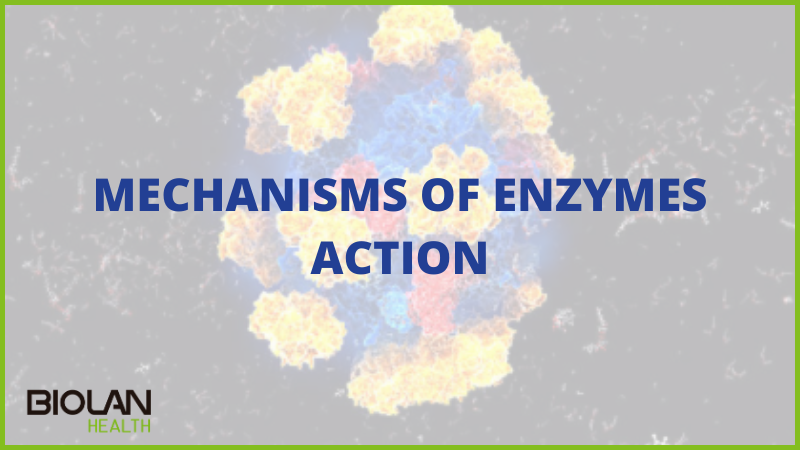Enzymes are organic molecules (proteins) that act to promote and regulate chemical reactions in living organisms and in various natural and industrial processes.
Enzymes have been used for many years in various processes. One example of their use is in the detergent industry. For more than 30 years, many detergents have incorporated enzymes capable of degrading the substances that cause rust, red wine, grass stains… Some of these detergents include lipases, a type of enzyme capable of dissolving grease trapped in fabrics or surfaces.
In addition to industrial processes, enzymes have been key in the development of numerous analytical tools. One of them is glucose biosensors: the detection of the amount of glucose in the blood is carried out thanks to an enzymatic reaction on contact with the patient’s blood.
But considering the number of components in the blood, how is possible that the biosensor responds only to glucose? This is possible because enzymes carry out a series of mechanisms in which they bind to a series of substrates on which they act and for which they are specific, thus modifying the speed of the reaction. That is, each enzyme catalyzes only one reaction, so there are as many enzymes as there are reactions.
When the enzyme (E) binds to the substrate (S), the substrate is chemically modified and converted into one or more products (P). This reaction is reversible and is expressed as follows:
![]()
The substrate binds to the catalytic pocket or active center. In order for this binding to occur, researchers have proposed and investigated two mechanisms of enzymes action:
MECHANISMS OF ENZYMES ACTION.
LOCK AND KEY MODEL
In this case, the structure of the enzyme and the substrate to which it binds are complementary, which means that they fit together perfectly in the way a key and a lock do. The active center (the area where the binding occurs) has a rigid geometric conformation that is not modified, so that only those substrates with complementary geometry can bind in a specific way.

INDUCED FIT MODEL
Subsequent studies to this model suggested that this active center was much more flexible and proposed another mechanism. In this induced fit model, the active center of the enzyme adapts its shape in the presence of the substrate. That is, the binding of the substrate to the active center of the enzyme triggers a conformational change in the enzyme that results in the formation of the product.

These types of enzyme-substrate bonds are possible thanks to electrostatic interactions, hydrogen bridges or hydrophobic interactions that generate this force and allow both to remain bound while the enzymatic reaction is carried out.
For all these reasons of high specificity, devices based on enzymatic technology, such as enzymatic biosensors, are highly specific and selective, so they are able to distinguish a particular compound among a complex mixture of components giving rise to unique signals for this compound.
Did you like this post? You can subscribe to our newsletter to receive blog updates and the latest news!


